-
Gautama Buddha's Simile of "Plantain tree" for Mental-formations
The five aggrigates
-
Gautama Buddha's Simile of "magical illusion" for Consciousness
The five aggrigates
through Modern Science

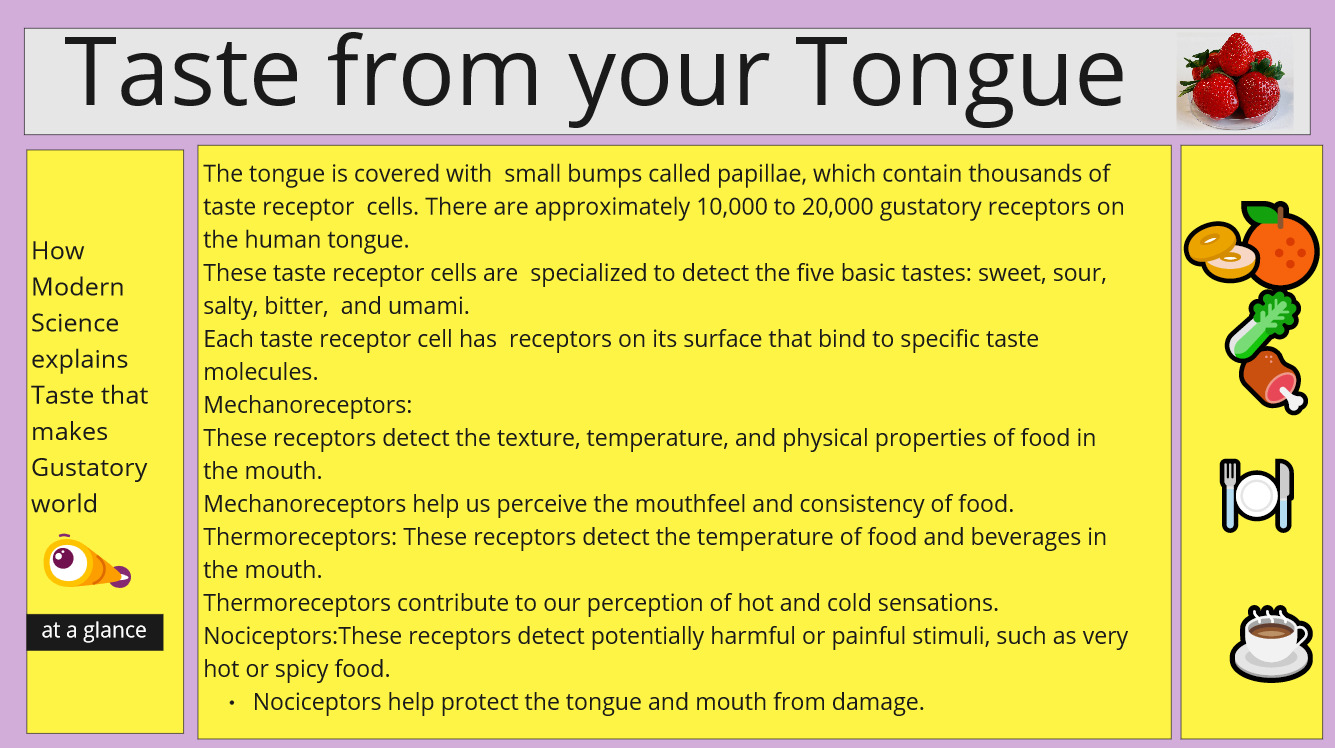
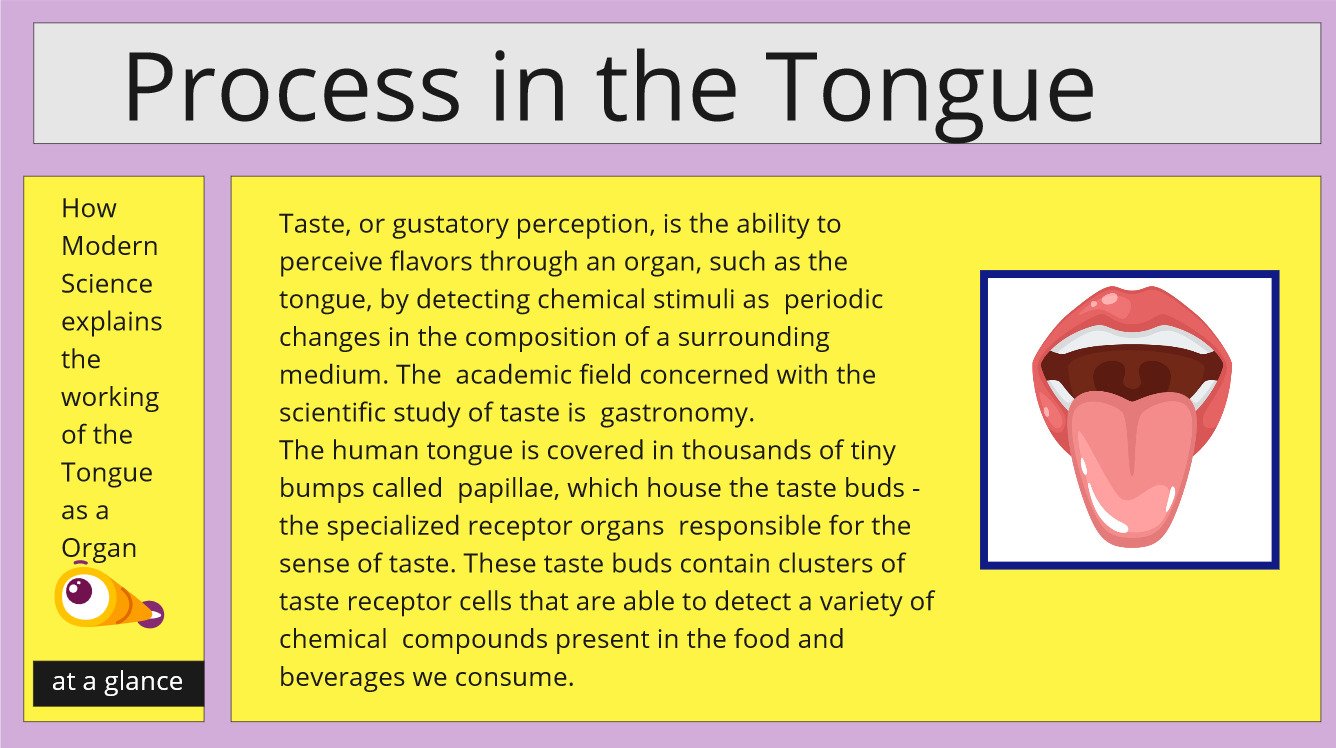
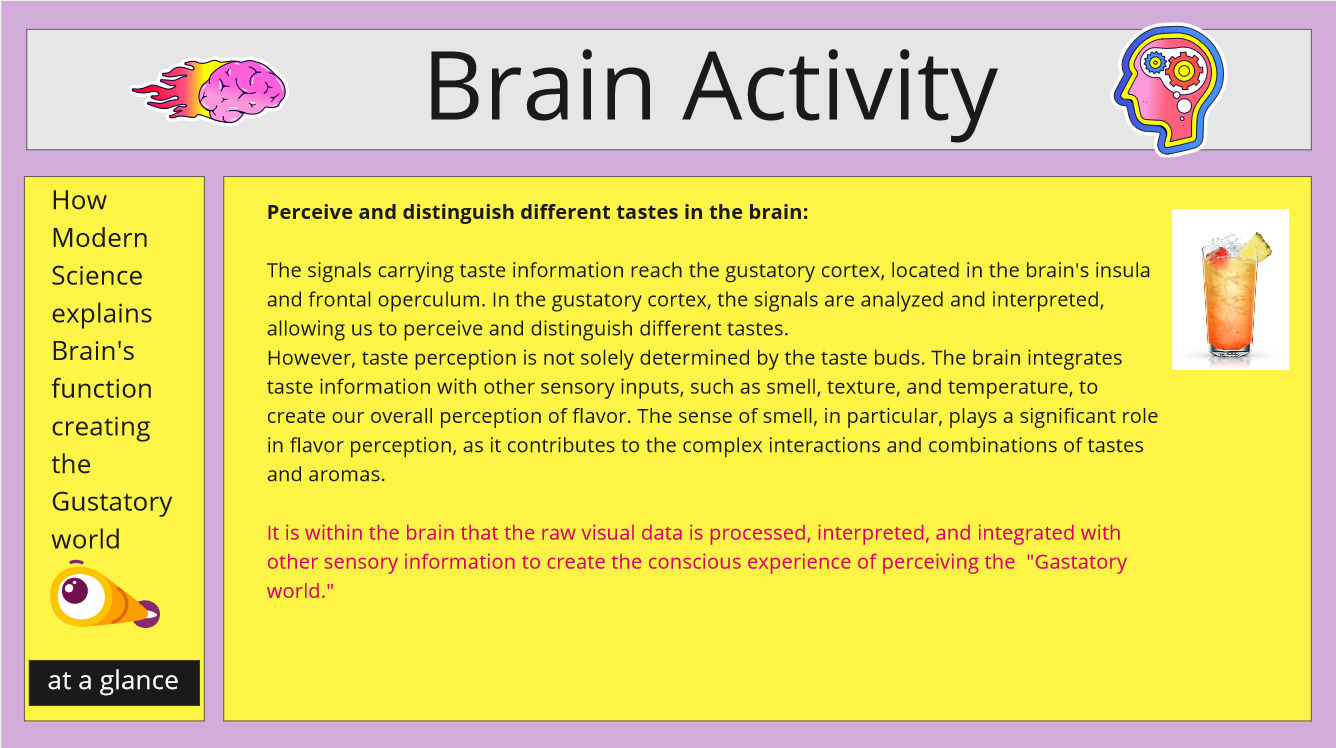
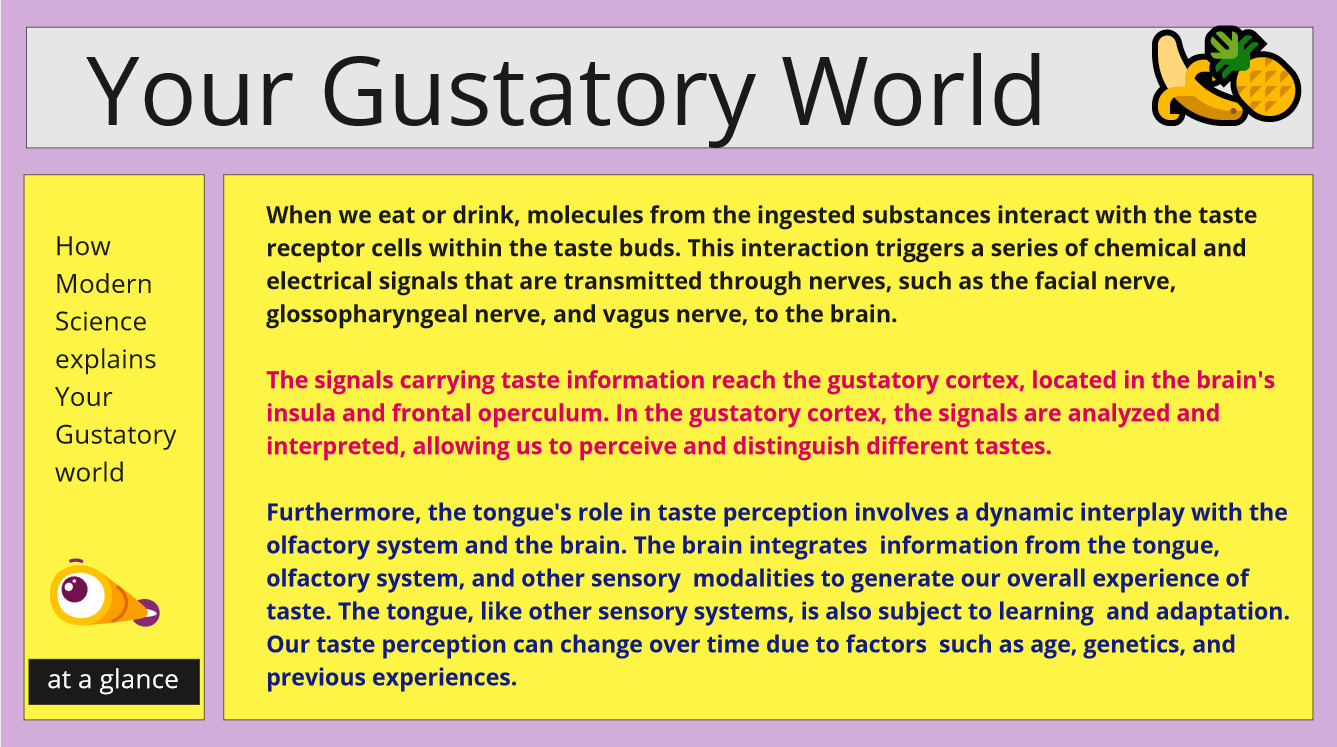
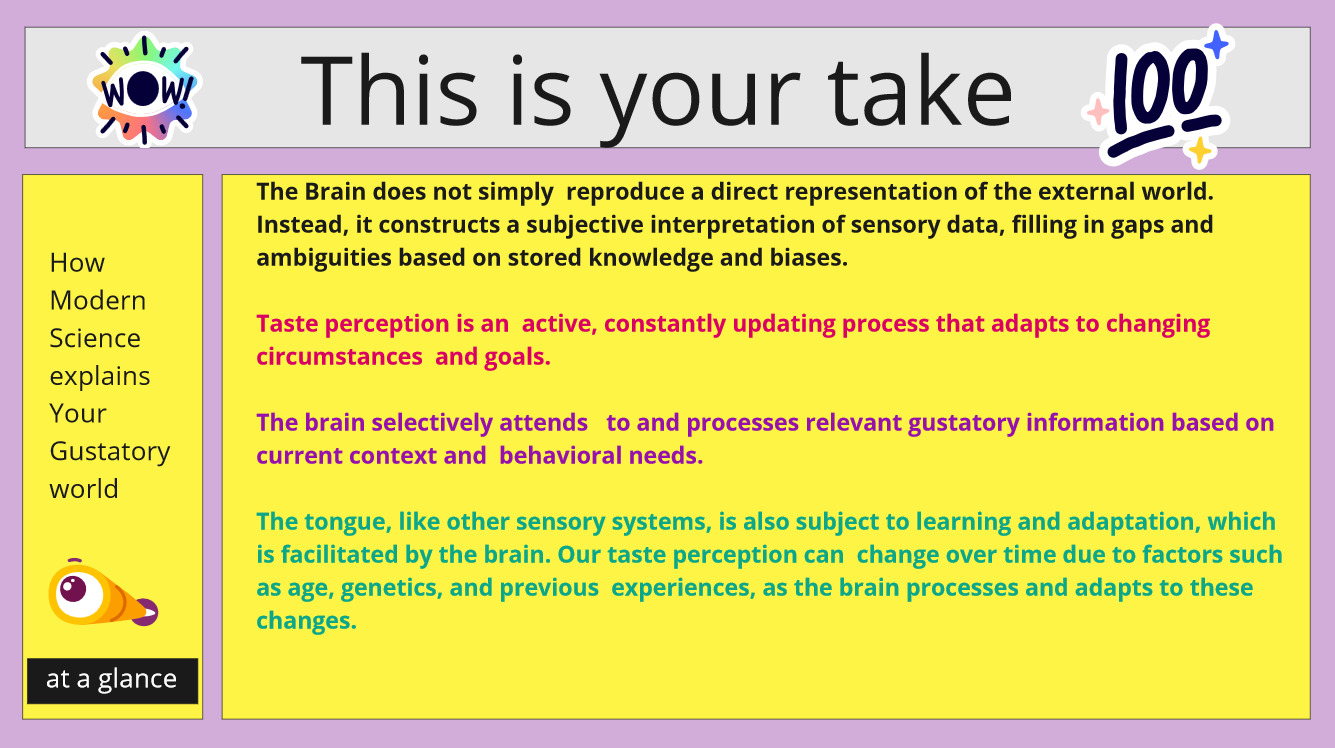
The five aggrigates
The five aggrigates